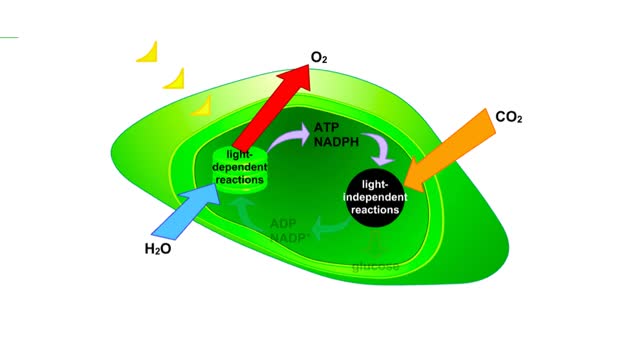Types of energy transfer reactions: oxidation-reduction reactions and ATP generation reactions
By: HWC
Date Uploaded: 10/21/2019
Tags: homeworkclinic.com Homework Clinic HWC Metabolism anabolic and catabolic reactions Anabolism ATP Catabolism Types of energy transfer reactions Oxidation-reduction reactions coenzymes oxidation-reduction reactions oxidation reaction reduction reaction ATP generation reactions ADP phosphorylation
■ Metabolism balances anabolic and catabolic reactions. ■ Anabolism is energy transfer from ATP to simpler molecules in order to build them up into larger, more complex molecules. ■ Catabolism is breaking down larger, more complex molecules, usually to transfer energy from them in order to generate ATP. The transfer of energy requires two different types of enzymatic reactions. • Oxidation-reduction reactions produce reduced coenzymes which receive energy from high energy fuel molecules. • ATP generation reactions produce ATP, which stores the energy harvested from the reduced coenzymes. Oxidation-reduction reactions are coupled reactions that use coenzymes to transfer energy. ■ An oxidation reaction removes electrons and protons (essentially hydrogen atoms) from an energy-rich fuel molecule. ■ In the reduction reaction, the liberated hydrogen atoms are immediately bonded to the coenzyme. ■ The energy liberated from the high energy fuel molecule during oxidization is used to reduce the coenzyme, thereby making it a more energy-rich molecule. ■ ATP generation reactions use the energy stored in the reduced coenzymes to generate ATP. ■ These reactions involve adding a high energy phosphate group to ADP in a process known as phosphorylation.
Add To
You must login to add videos to your playlists.
Advertisement












Comments
0 Comments total
Sign In to post comments.
No comments have been posted for this video yet.